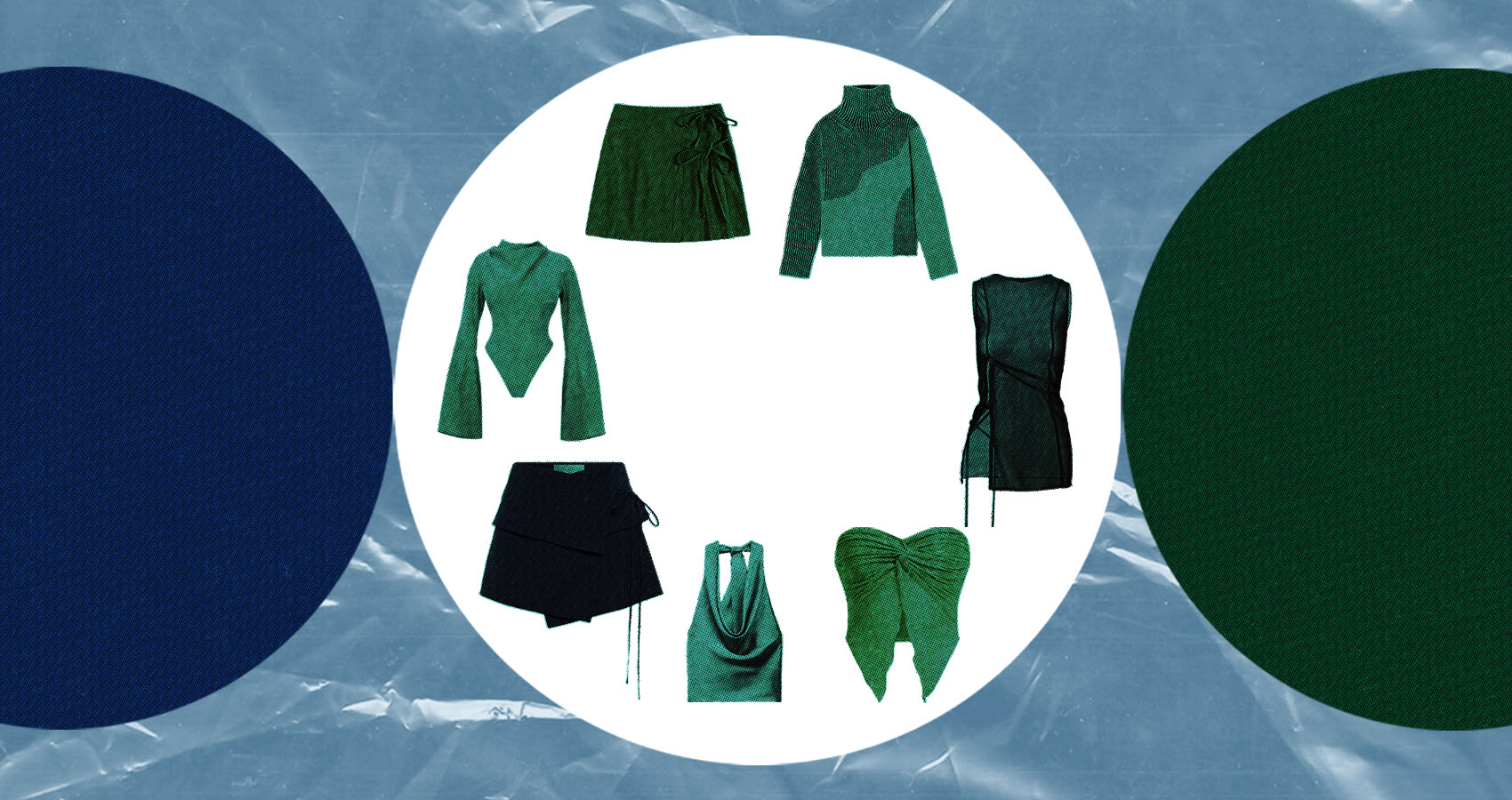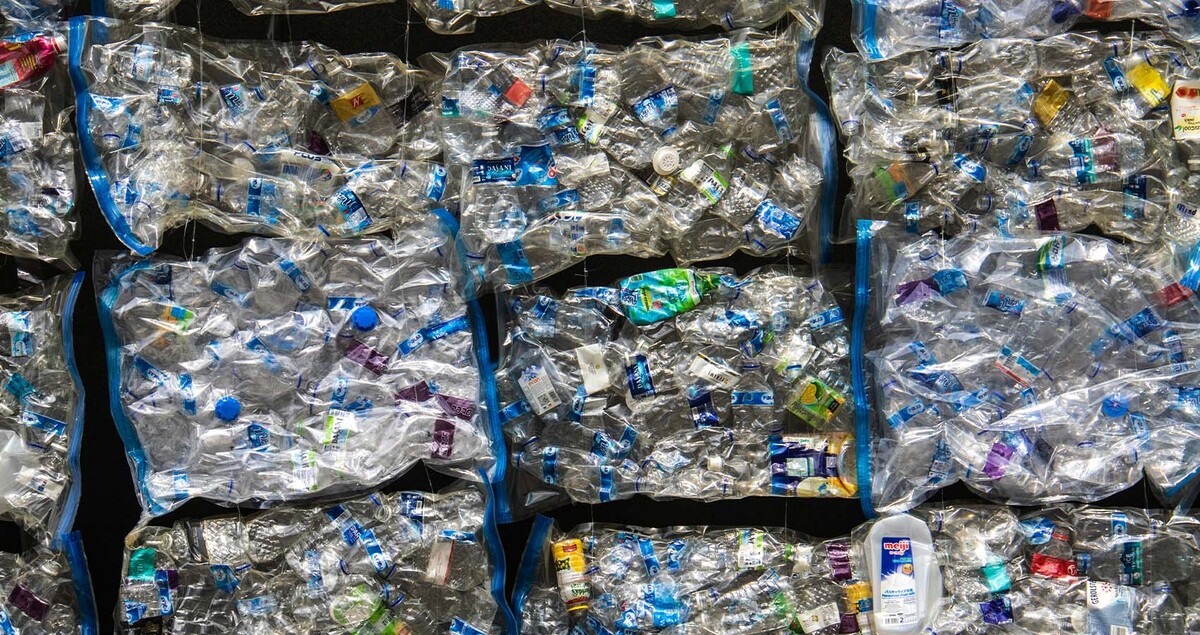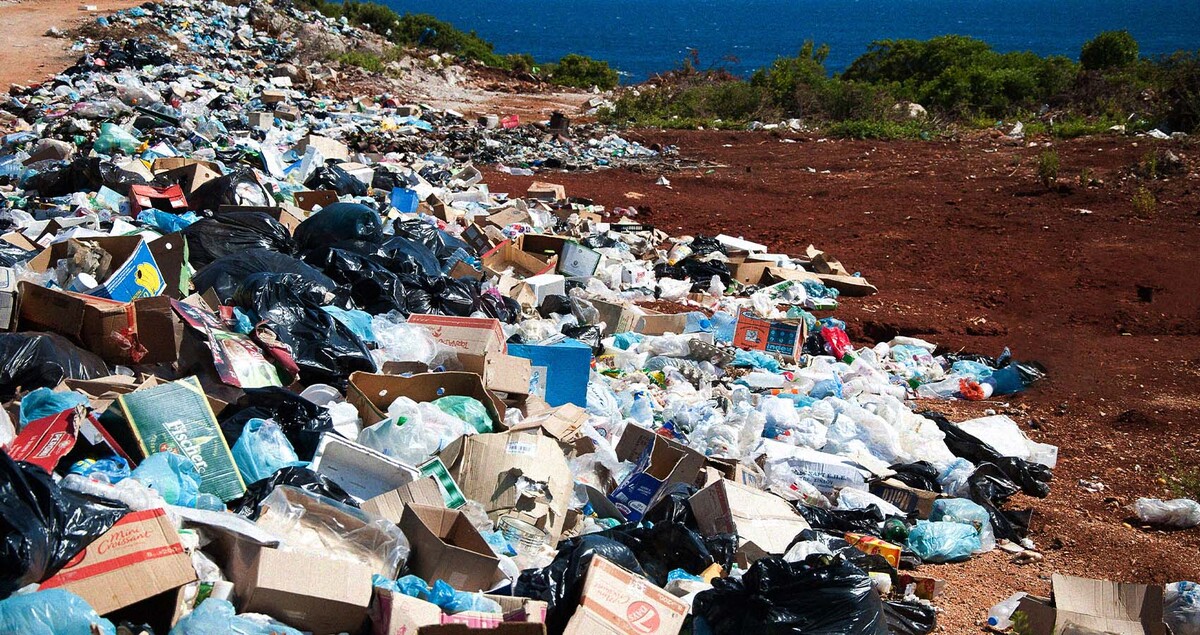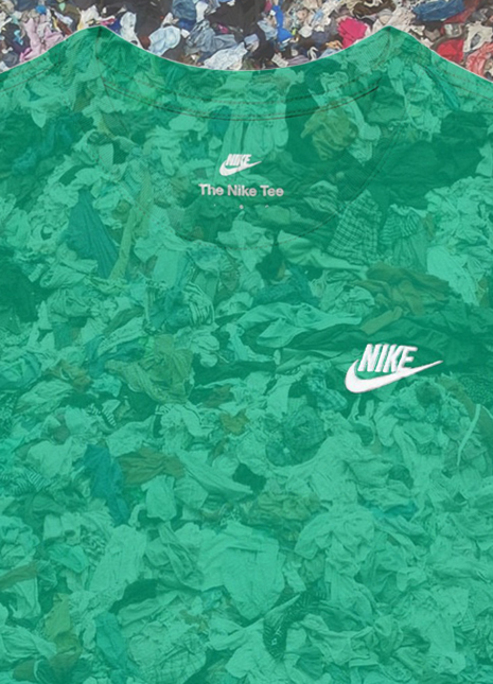
Bottled Lies: Using Recycled Plastic In Clothing
A sustainable success story or greenwashing greed?
The fashion industry is in desperate need of innovative, climate-positive solutions. Fashion consumers have become wiser about the environmental effects that the industry creates due to the increased frequency and exposure of climate change information. Brands are looking for ways to become more sustainable to appeal to the growing ‘green consumer’ movement that is categorized as youth-driven. However, with companies driving in this commercial race for sustainable fashion, the term greenwashing has taken the front seat and is creeping up in their rearview mirrors.

The term greenwashing was coined in the 1980s but has grown in popularity significantly in the past decade as the topic of tackling climate change has gained global attention. The phrase has become a bad omen for fashion brands and has blacklisted big players in the industry when they become associated with the cursed word. In recent years, many brands have been caught out for communicating low or inaccurate supply chain transparency to the public. The reason that so many of these brands are marketing themselves as more sustainable than they are, is to keep sales up in a consumer landscape that is shifting its focus towards eco-conscious consumption habits.
So, one of the latest, conceivably controversial, and debatable solutions used to fight the production of fast fashion is the usage of recycled plastic bottles. At first glance, this initiative seems to be foolproof. Reusing plastic bottles cuts down on the production of virgin polyester needed in the supply chain, clears up plastic from the oceans (usually where the bottles are sourced), and reuses our otherwise waste. These are all positive practices and are the pieces of information that fashion brands communicate to consumers. On the surface, this seems to be a win-win ideology and can make consumers feel proud of their purchasing or encourage consumers who prioritize circular fashion production to purchase. However, under the surface lies an entanglement of derived problems and, therefore, begs the question of whether the supposed solution is in fact, a labyrinth of lies.
Life in plastic is not so fantastic
The easiest way to understand the scope and spread of the harmful effects that derive from reusing plastic bottles in clothing production is to follow the life of a plastic bottle post-purchase. This way we can follow along as different issues arise as the production, post-purchase, and post-consumption stages occur.
A plastic bottle is purchased from the supermarket and after being consumed for its purpose it is disregarded. It may have been put in a recycling scheme or it has ended up as floating debris in the ocean. Either way, this plastic bottle has been intentionally recycled or has found its way into a recovery system thanks to plastic fishing. So far, all is well. If the plastic bottle is chosen to be recycled into another plastic bottle, this process can repeat itself multiple times. However, if the plastic bottle’s fate dictates it should enter a fashion production line, it will be processed into a garment that will be non-recyclable. This can be highlighted as the first negative effect of using plastic bottles in fashion production.

The process of turning plastic into clothing is a multi-step process. The plastic used for bottles is known as polyethylene terephthalate (PET) and must first be shredded into flakes. The flakes are then melted down into pellets, which then melt down further into a thick liquid. The liquid plastic can then be spun into fibers which can then be woven, knitted, cut, and sewn into garments. The result is a piece of clothing made from synthetic fiber which most likely cannot enter a circular fashion loop. Most brands will blend recycled polyester with virgin polyester and other fibers which makes the garment unrecyclable.
PET also sheds thousands of microplastics per wash. This means that while the garment is in its consumer care stage of life, it is shedding microplastics which enter our waterways and by default our food chain. The chemicals that must be used during the manufacturing stages of the once plastic bottle are harmful and can also be released during washing.
Unfortunately, recycled PET is also less durable than virgin polyester. Therefore, the proposed sustainable characteristic of the garment acts as a catalyst for the item ending up in landfill. Ironically, the origination and marketing of these products are an oxymoron to their reality. However, the truth about recycled PET within the fashion world is widely hidden and can only be uncovered with a mixture of questioning and skeptical research. This is very problematic as it not only highlights the power that brands have over consumers but also illustrates how easily greenwashing undetectably floods through the masses.
Being vigilant
To combat buying recycled PET clothing, alternatives to natural fibers are renewable and more durable. Better yet, recycled natural fibers such as wool and cotton are more sustainable compared to virgin fibers and do not decrease in quality. Brands with third-party certification such as Global Organic Textile Standards (GOTS) are good to back as they have met strict standards throughout their supply chain regarding environmental and social issues.

Looking out for if recycled plastic bottles have been used in your clothing is also important as recycled PET can be linked to health problems. Having skin contact with recycled clothing can be harmful due to the plastic itself as well as the toxins that have been added during the manufacturing process. If clothing has not been rigorously tested and kept to strict production standards, it may contain high amounts of Bisphenol A (BPA), a hormone-disrupting chemical that can be absorbed through the skin. This is especially important to note when it comes to active wear such as sports bras as they have been found to contain high levels of the chemical which allows increased levels of durability. Outerwear and shoes therefore do not pose the same levels of risks to the wearer.
The best thing you can do for yourself is before purchasing the product, read the information given to you by the brand on the product. By supporting brands that you know are environmentally certified or have been credited for their transparency you are less likely to be fooled by greenwashing tactics. Remember, the best consumer is a responsible consumer.
Up Next, Sustainability Trailblazers: Copenhagen Fashion Week Bans Exotic Skins











